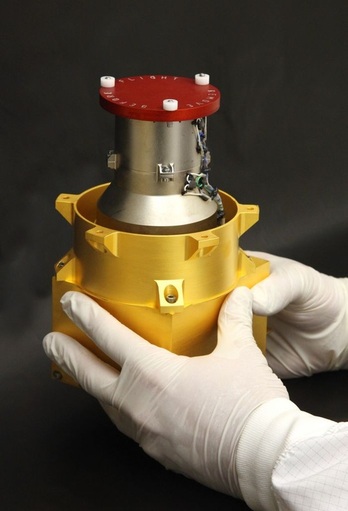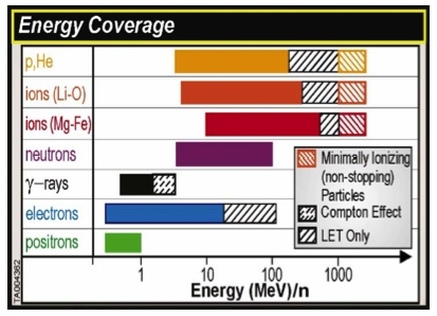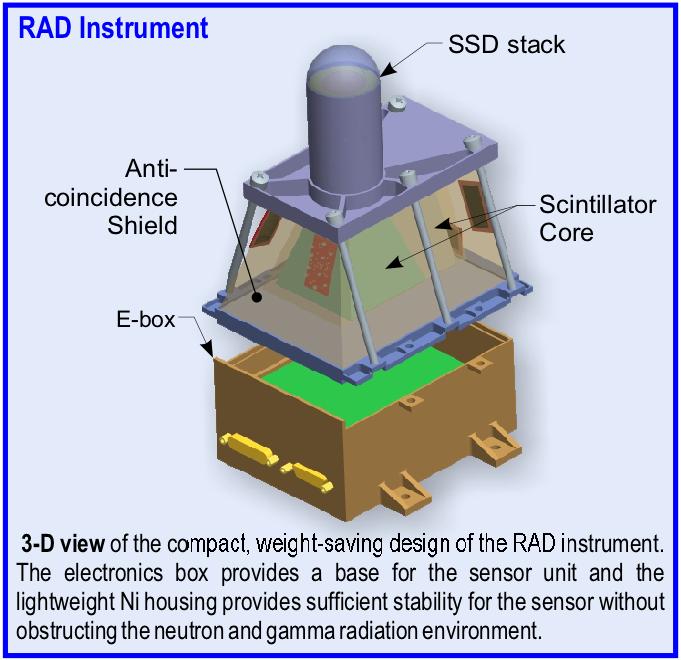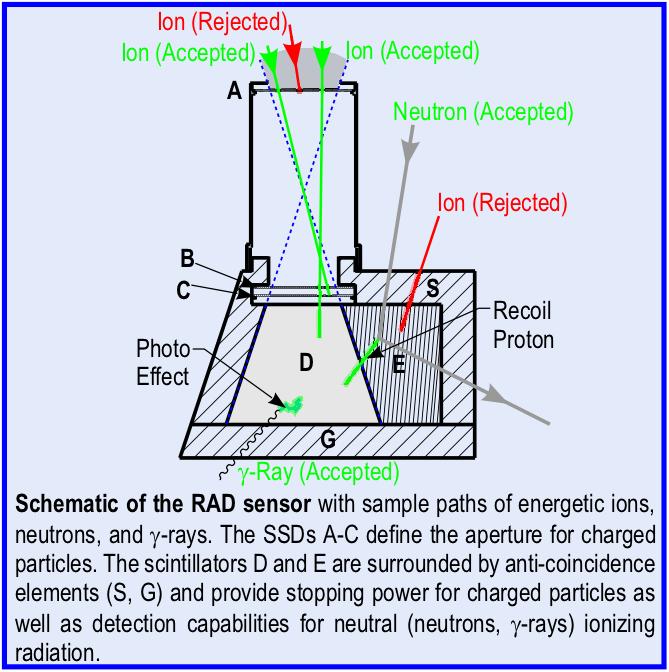RAD Instrument Overview

RAD is an energetic particle analyzer that will provide insight in the full radiation profile found on the martian surface. This full spectrum of energetic particles radiation will include galactic cosmic rays, solar energetic particles, secondary neutron and other particles created on the planet and its atmosphere. The instrument will provide information on the radiation environment on Mars that future Astronauts will be experiencing. Readings of the instrument will play a role in the design process of radiation shields for spacecraft and space suits.
RAD is comprised of a charged particle telescope with three solid state detectors and a caesium iodide calorimeter. A scintillating plastic channel used with the calorimeter and an anti-coincidence shield will be used to detect and characterize neutral particles including gamma rays. Outputs of all the instruments will be converted into electrical signals that will undergo further processing, logging and downlink to ground stations. RAD is mounted on the top deck of the rover and the telescope is pointed in the zenith direction. The Detector has a 65-degree field of view. It will be powered during MSL’s cruise phase to characterize the radiation environment the rover is experiencing. During science operations on Mars, RAD will take readings during 15 minutes of each hour due to energy limits of the vehicle. RAD has been contributed by the Southwest Research Institute, the Principal Investigator for the RAD Project is Donald Hassler.

RAD Science Objectives
- Characterize the energetic particle profile at the surface of Mars
- Determine the Radiation Dose for Humans on Mars in preparation for manned missions and associated risk assessments
- Validate atmospheric transmission models and radiation transport codes
- Determine the magnitude of the radiation hazard and mutagenic influences to life (past and present as well as beneath the Martian surface)
- Provide information on chemical and isotopic effects of energetic particles on the Martian surface and atmosphere


